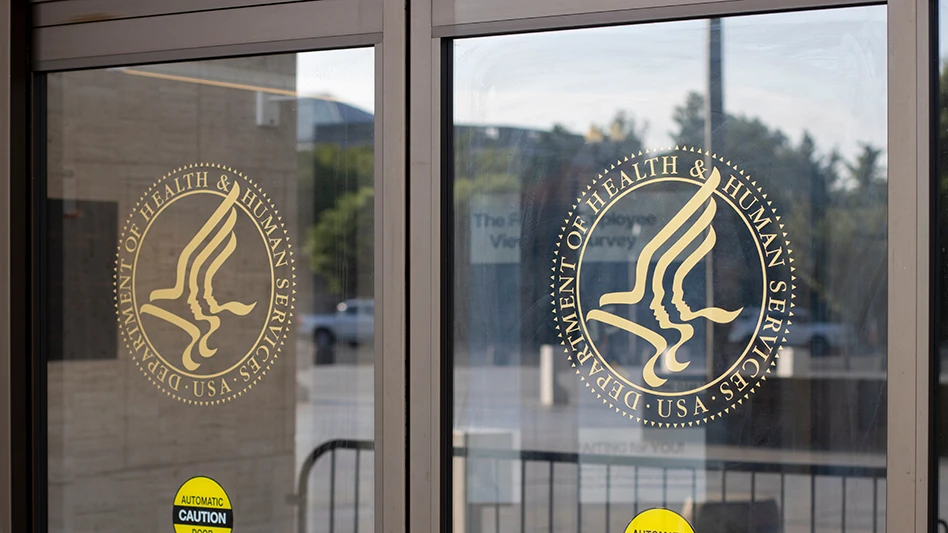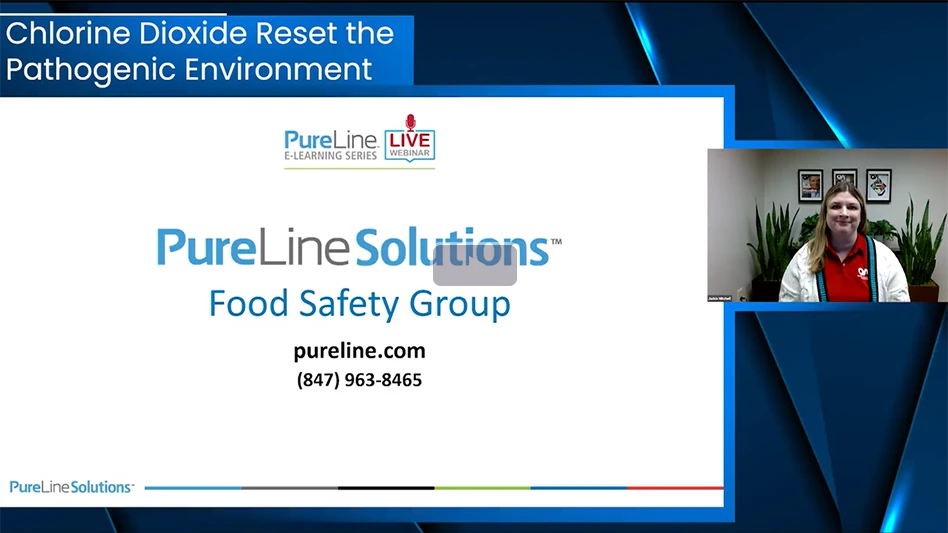
The pest control industry is fairly successful at controlling cockroaches. But the tools that make managing infestations easier in some areas — gel baits, sprays or anything that leaves residual traces — present a challenge for food processing or food packaging areas, where traditional pest control approaches are highly restricted by regulations. Combined with the fact that such areas are often large and complex, as well as often being humid, wet or dusty (baking or pet food facilities), it’s easy to feel overwhelmed when a cockroach infestation appears.
Food processing areas typically have a lot of specialized equipment designed for the food product being manufactured. Equipment ranges from vats, cookers and ovens, to sifters and conveyors, not to mention the varying arrays of pipes and conduits found in these spaces. Floors may be concrete or tiled and walls are commonly hollow block or may be protected by tile or steel sheeting. Moisture is usually present and cleaning is often done using water hoses.
The constant moisture and food availability makes food processing a perfect environment for cockroach populations of varying sizes. Differing levels of building maintenance also contributes to the difficulty in controlling cockroaches.
Although German cockroaches are the usual target pest in food processing, American and oriental cockroaches can also be serious pests, particularly in older buildings. German cockroaches are usually carried in via incoming supplies, but larger cockroach species may be inhabiting drain lines leading to infested sanitary sewers on the property or, in rare cases, beneath slab floors where soil has subsided from the bottom of the slab. Here are a few ways to help control the pests.
Written Pest Management Plan. Treatments for cockroaches in production and processing areas in a food manufacturing facility should be restricted to the procedures and details in the written pest management plan for the facility. Meat packing and poultry facilities supervised by the Department of Agriculture may have additional restrictions as to which products and procedures may be allowed in the facility based on the decisions of the inspector-in-charge.
If the facility has a third-party auditing agency, its particular treatment guidelines will need to be incorporated into the overall plan. Alternative treatments to deal with a specific infestation where the approved written procedures are not successful should be submitted in writing and approved by facility management.
Treatment Restrictions. Application of residual insecticides in food processing areas are restricted to cracks and voids only. Sealing of cracks following treatment may be required in the written pest management plan. Exposed surfaces and equipment will typically be cleaned following a pest control service, so any spot treatments even allowed by label directions will be removed. The amount of heat and moisture present have an effect on the residual life of insecticide treatments, making them less effective.
Service Timing. Since your processing area cannot be in operation during a pest control service, look to schedule treatments on weeknights or during the weekend. Also, try scheduling more comprehensive services during periods of shutdown, such as when heavy maintenance is being done.
Don’t be afraid to put in a call for emergency service if pest activity peaks, but be prepared to shut down that portion of your facility.
At any rate, make sure service times and frequency are detailed in the written pest management plan.
Inspection and Evaluation. If your food processing area is on the larger side or portioned into separate rooms, keep an eye out for pockets of cockroaches that may be scattered around the area. While the larger area makes them more time-consuming to find, interviewing employees to have them point out where cockroaches have been seen is helpful in targeting inspections.
Keep track of where cockroaches have regularly been an issue and be prepared to open up equipment to allow for more careful inspection of areas where cockroaches may be hidden.
If you’re seeing continued, regular activity, analyze the area to determine if any underlying factor (i.e., cockroaches being brought on incoming supplies) is occurring, active harborages are being overlooked (i.e., high above floor level, wall voids) or a deeply hidden pocket of cockroaches may be present (i.e., under a slab or double walls in an older facility).
Use pyrethrins-based aerosols to chase hidden cockroaches into the open, then follow with a pest control vacuum to remove as many as possible as they are discovered and flushed from harborages. Physical removal provides immediate population reduction and results.
Meanwhile, sites where many cockroaches are found should be investigated more thoroughly. And if you’re still seeing increased activity, use the flushing and vacuuming process once or twice a week to ensure the infestation is eliminated more quickly.
Residual Treatments. Remember, best practice is keeping applications restricted to crack, crevice and void treatments only. After application of residual products, treated cracks are typically required to be sealed.
Voids in walls may harbor cockroaches and require treatment using a residual dust product. Installation of plastic wall tubes with caps that allow sealing of the opening can be used when future re-treatments of voids is expected or desired.
Baits labeled for food processing areas may also be used but applied only into cracks and voids, following label directions.
Persistence and Focused Treatments. No easy answers exist for dealing with cockroaches in food processing facilities — just persistence in examining all potential harborages and then focusing treatments on the sites with activity. Whether you’re calling in pest professionals or not, you need to be methodical, starting at one corner and working around and behind all equipment and wall areas. Even the smallest crack may harbor a handful of cockroaches, so when a pocket of them is found, every crack needs examination. Follow-up services may need to be done within a day or two, or weekly, depending on the sensitivity of the situation and/or the numbers of cockroaches found.

Explore the January February 2021 Issue
Check out more from this issue and find your next story to read.
Latest from Quality Assurance & Food Safety
- Kim Heiman Elected to Second Term as President of Wisconsin Cheese Makers Association
- FAO Launches $150 Million Plan to Restore Ukrainian Agricultural Production
- Pet Food Company Implements Weavix Radio System for Manufacturing Communication
- Penn State Offers Short Course on Food Safety and Sanitation for Manufacturers
- USDA Announces New Presidential Appointments
- FDA to Phase Out Petroleum-Based Synthetic Dyes in Food
- IFT DC Section to Host Food Policy Event Featuring FDA, USDA Leaders
- CSQ Invites Public Comments on Improved Cannabis Safety, Quality Standards





